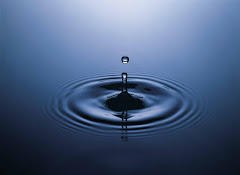Electrolysis is a process where electricity is passed through electrodes composed of precious metals with the ability to attract ions that conduct electricity. The ions that are naturally present in water are then concentrated into clusters of positive and negatively charged ions and separated by a membrane. This process restructures the original water clusters into smaller hexagonal clusters that are either positively or negatively charged. This simultaneously creates both alkaline 8.5 - 9.5 pH water for drinking, and acidic 4.5 - pH acid, ionized water for topical use.
Acidic water is also known as electro-oxidizing water and has unique characteristics including high positive ORP, low pH, and a high concentration of dissolved chloride and oxygen. Skin ulcers with infections by MRSA (Methycillin Resistant Staphylococcus Aureus) are difficult to heal, so Japanese plastic and reconstructive surgeons use electro-oxidizing water to threat skin ulcers with excellent results.
While the basic technology is the same from manufacturer to manufacturer, the quality, reliability and consistency of production of true hexagonal Kangen water depends on two factors: the size or surface area of the electrolysis plates and the amount of electrical power used to accomplish the electrolysis process. While many water ionizers produce "alkaline" water, when tested under normal operations conditions, the pH and ORP measurements of water produced by these ionizers are inconsistent due to the use of a cost-cutting design that uses small electrolysis plates and low power. The presence of hexagonal clusters is also dependent upon the size and power of the electrolysis plates.
CNN Talks about Kangen Water
Friday, April 25, 2008
Water Restructureing Through Electrolysis
Subscribe to:
Comments (Atom)

